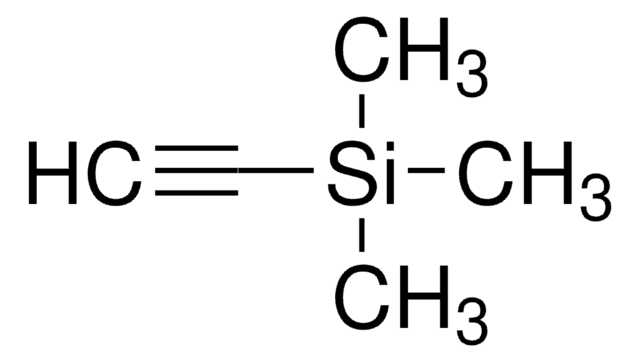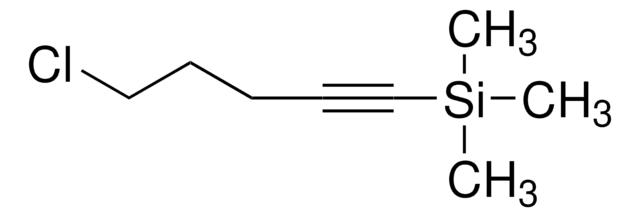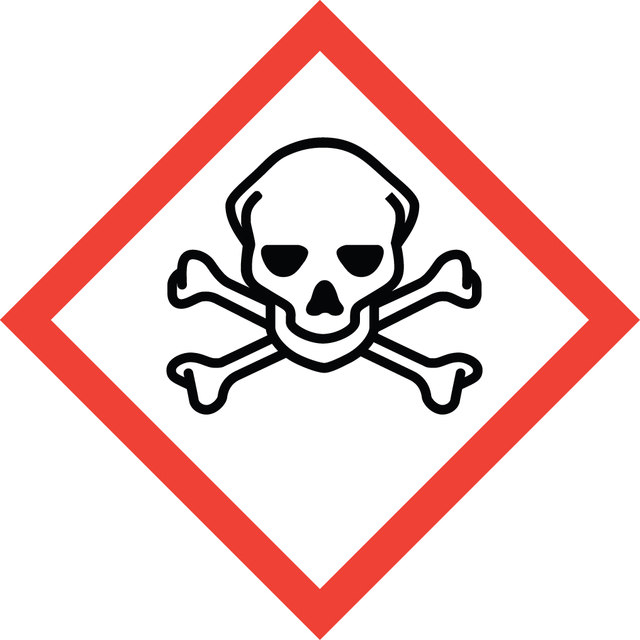427519
2-Methylglutaronitrile
99%
Synonym(s):
α-Methylglutarodinitrile, α-Methylglutaronitrile, 1,3-Dicyanobutane, 2,4-Dicyanobutane, 2-Methylpentanedinitrile, Diacrylonitrile
Select a Size
Select a Size
About This Item
Recommended Products
Quality Level
Assay
99%
form
liquid
impurities
<0.1% benzene
refractive index
n20/D 1.434 (lit.)
bp
269-271 °C (lit.)
mp
−45 °C (lit.)
solubility
water: soluble
density
0.95 g/mL at 25 °C (lit.)
functional group
nitrile
Looking for similar products? Visit Product Comparison Guide
Related Categories
1 of 4
This Item | 11773 | 10849 | 81365 |
|---|---|---|---|
| form crystals | form solid | form - | form crystals |
| viscosity 4-5 mPa.s, 4 % in H2O(20 °C) | viscosity 18.5-21.5 mPa.s, 4 % in H2O(20) | viscosity 26-30 mPa.s, 4 % in H2O(20 °C) | viscosity 16-20 mPa.s, 4 % in H2O(20 °C) |
| Quality Level 100 | Quality Level 100 | Quality Level 100 | Quality Level 200 |
| mol wt Mw ~27,000 | mol wt Mw ~125,000 | mol wt Mw ~145,000 | mol wt Mw ~130,000 |
| extent of labeling 98.0-98.8 mol% hydrolysis | extent of labeling 98.0-98.8 mol% hydrolysis, ~2800 polymerization | extent of labeling 99.0-99.8 mol% hydrolysis, ~3,300 polymerization | extent of labeling 86.7-88.7 mol% hydrolysis, ~2,700 polymerization |
| ign. residue ≤0.5% | ign. residue ≤0.5% | ign. residue ≤0.5% | ign. residue ≤0.5% |
General description
Application
Signal Word
Danger
Hazard Statements
Precautionary Statements
Hazard Classifications
Acute Tox. 2 Inhalation - Acute Tox. 3 Dermal - Acute Tox. 3 Oral
Storage Class Code
6.1A - Combustible acute toxic Cat. 1 and 2 / very toxic hazardous materials
WGK
WGK 3
Flash Point(F)
239.0 °F - closed cup
Flash Point(C)
115 °C - closed cup
Personal Protective Equipment
Choose from one of the most recent versions:
Already Own This Product?
Find documentation for the products that you have recently purchased in the Document Library.
Our team of scientists has experience in all areas of research including Life Science, Material Science, Chemical Synthesis, Chromatography, Analytical and many others.
Contact Technical Service










